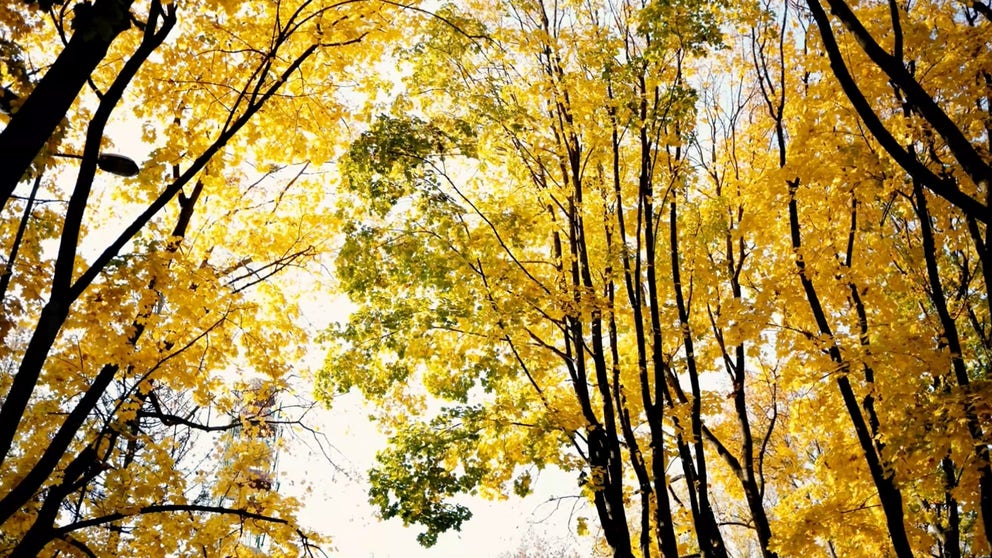Temperature, moisture influence the brilliance of fall colors
A variety of weather elements drive this autumnal pageantry of leaves.
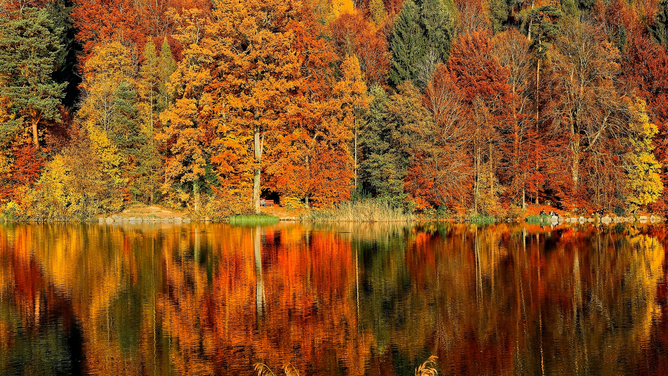
As fall approaches, so do the golds, coppers and scarlets that will soon emblazon our trees.
But what’s the science behind this changing of the color guard?
According to the U.S. Department of Agriculture, this annual arboreal phenomenon found in many northern regions involves the pigments in leaves, the amount of daylight, temperature and moisture.
A starter palette
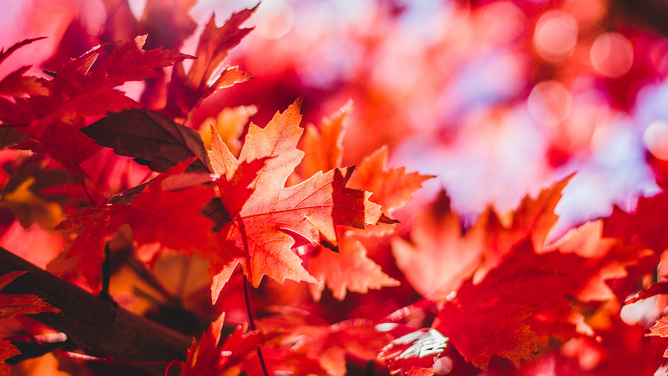
Leaves get their green color from the pigment called chlorophyll. Chlorophyll is also responsible for capturing sunlight and turning it into sugar.
However, other pigments are either also found in leaves throughout the year or are only produced during the autumn season, says SUNY’s College of Environmental Science and Forestry.
Those pigments include:
- Xanthophylls - pigments that create yellows and are found throughout the year in trees like tulip trees and sweetgum (but are masked by chlorophyll until fall)
- Carotenoids - pigments that create oranges and are found throughout the year in trees like aspens and birches (but are masked by chlorophyll until fall)
- Anthocyanins - pigments that create red and purples in trees like maples and dogwoods and are only produced in the fall
As the leaves undergo changes in the fall, chlorophyll begins to take a back seat to these pigments.
Shine on (or not)
The production of these pigments depends on the amount of sunlight the leaves receive.
As the season changes from summer to fall, the days become shorter, meaning that the amount of sunlight shining on the leaves becomes greatly reduced. Because of that, the production of chlorophyll in leaves reduces, as well, and eventually stops. The remaining chlorophyll is slowly destroyed, causing the other pigments — be they xanthophylls, carotenoids or anthocyanins — to become more visible.
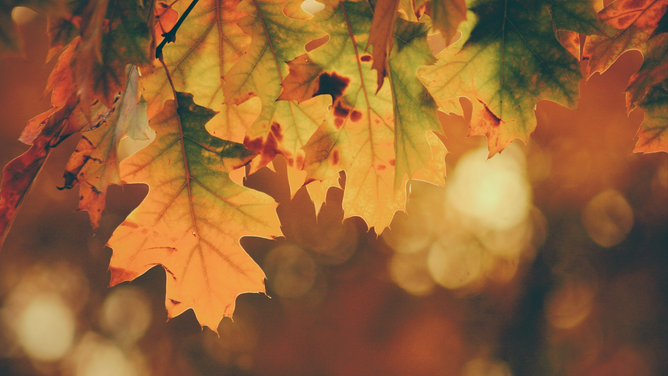
This decrease in sunlight also triggers changes in the leaves as a whole. The veins used to carry nutrients into and out of the leaves are slowly closed off, which clogs up the veins with the sugars they were transporting. These trapped sugars help lead to the production of the pigment anthocyanin.
According to the Michigan State University’s College of Agriculture and Natural Resources, the "most brilliant leaf displays follow a period of warm days filled with sunshine and cool nights". The reason for this is because sunny days produce more sugar in the leaves — and more sugar produces a stronger pigment in the leaves.
Temperature and moisture
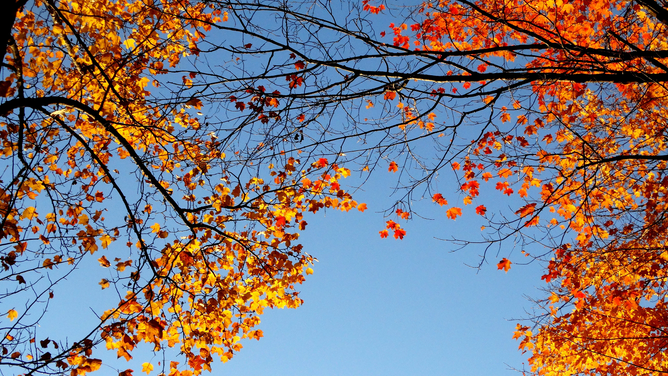
Two of the other big drivers of autumn colors involve the the temperature and moisture levels leading up to and during the time leaves change colors.
For example, cool temperatures can promote the production of anthrocyanin, turning maple leaves into shades of bright reds. But if the temperature drops below freezing, the red color will instead become weakened. (Warm temperatures during fall may also weaken the brilliance of the season’s colors, as well.)
Some of the most brilliant fall colors are produced after a spring season that’s warm and wet, followed by a summer with "favorable weather" and then followed by the aforementioned fall days that are warm and sunny in the daytime and cool in the evenings.
Temperature and moisture play such a huge role that factors like an early frost or a drought could cause leaves to fall without having time to first change colors.
Unique fall, every fall
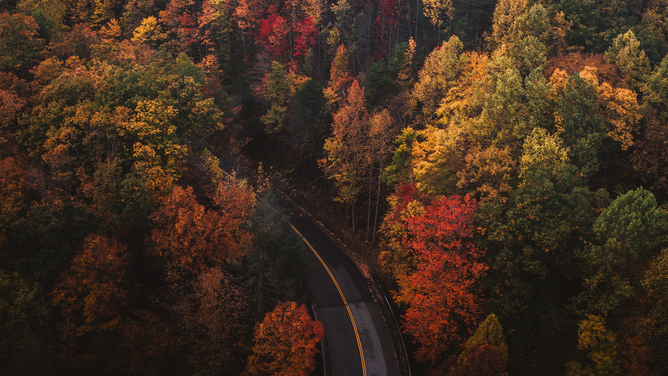
Because of the variable nature of weather conditions each year, no two autumns are exactly alike. Thus, no two autumn leaf displays are exactly the same.
Enjoy the beauty of this year’s unique display of fall colors!
